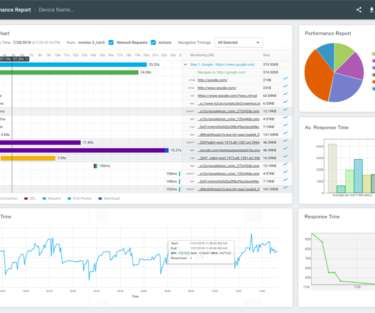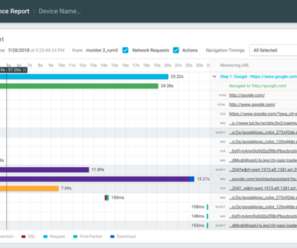What is a Site Reliability Engineer (SRE)?
Dotcom-Montior
OCTOBER 6, 2021
A site reliability engineer, or SRE, is a role that that encompasses aspects of both software engineering and operations/infrastructure. At that time, the team was made up of software engineers. Site reliability engineers bridge the gap between operations and software developers. What Does a Site Reliability Engineer Do?
















Let's personalize your content